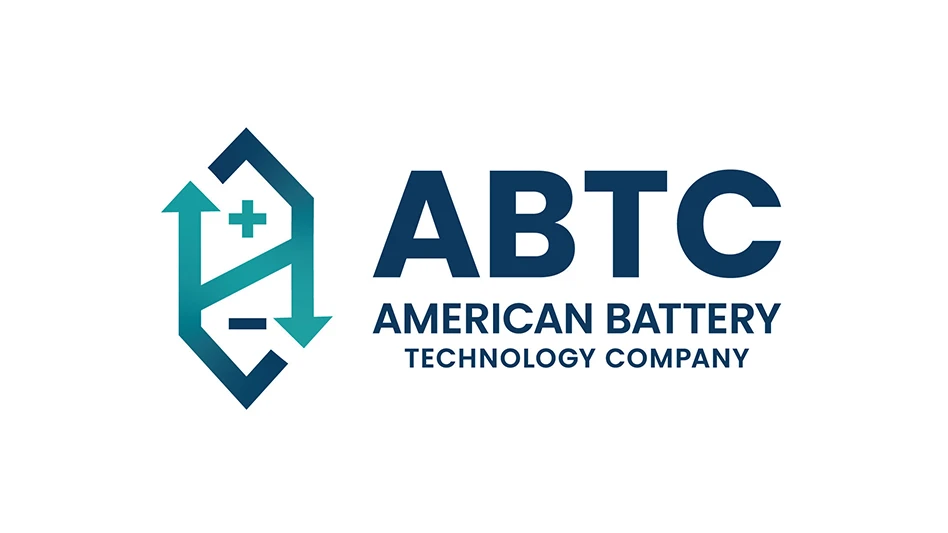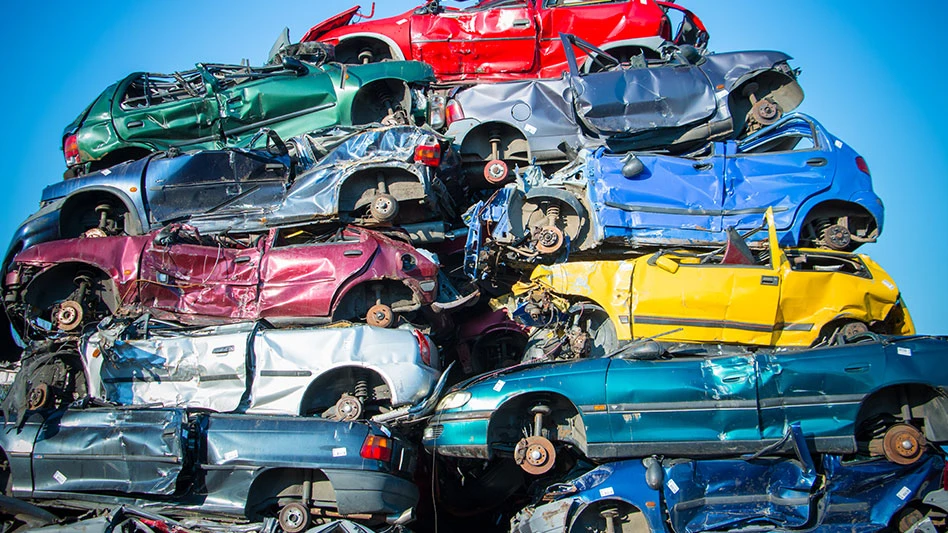

Walter Alcorn co-founded the National Center for Electronics Recycling (NCER), Vienna, West Virginia, in 2005 and consulted on electronics recycling issues before he became the Consumer Technology Association (CTA) vice president for environmental affairs and industry sustainability in 2010.
CTA, which is based in Arlington, Virginia, represents more than 2,000 consumer tech companies in the U.S.
He says he has witnessed three major changes in consumer technology during his 20 years working in the industry.
Alcorn has watched technology adopt a more streamlined design, advancing from the big, heavy TV screens and monitors of the past to the sleek displays of the present that do not contain the same hazardous substances they did in the past.
Technology has evolved so rapidly, he says, that “opportunity and challenges have changed considerably.”
In the Q&A that follows, Alcorn addresses challenges, changes and trends that have occurred within the consumer electronics industry and what these changes mean for electronics manufacturers and recyclers alike.
Recycling Today (RT): How has the design of electronics evolved during your time in the industry?
Alcorn: We are still at the end of the big, heavy CRT (cathode ray tube) TV era. They are still in a quarter of U.S. households, so we still have those devices. They’re heavy and contain leaded glass that’s expensive to recycle, so that remains a major challenge.
Beyond that, we have 10 years of liquid-crystal displays (LCDs) that use a small amount of mercury, and now we’re very much into a light-emitting diode (LED) world. Fortunately, those displays don’t have any of those materials of concern.
From a tech and materials standpoint, those are three major changes that have occurred in a 20-year period.
Looking forward, we have additional changes to LED [technology], with other display technologies coming into the market. We’re seeing another generation behind LED that requires less materials in terms of the unit.
RT: What are the big trends driving the design of consumer electronics today?
Alcorn: The first trend is change. The second big trend is dematerialization.
First, better technologies have enabled new functionality and connectivity that allow tech products to feel more like parts of a connected system than the independent devices consumers used in the past.
Second, these new technologies and more efficient product designs have reduced the amount of materials used across all consumer electronics put on the market from a peak of about 1.5 million metric tons in 2000 to less than 1 million metric tons in 2015.
RT: Are devices getting smaller, lighter?
Alcorn: Tech devices are smaller, lighter and more efficient than ever. Today’s TVs—with their larger screen sizes and dramatically higher quality—are thinner, lighter and often hung on the wall.
Also, the mobile device revolution during the past decade has enabled consumers to do more with lighter and smaller devices.
RT: What prompted these design trends in consumer technology?
Alcorn: Unfortunately, it’s not the environmental concerns. It’s the technology. It’s the fact that these technologies are better, and they produce a better product for consumers. That’s really driven it.
Environmental benefits and fewer material benefits are a result of these changes in the market due to better technology.
RT: How do these tech trends affect the materials that manufacturers are using and the longevity of the products?
Alcorn: New technologies often bring a different list of materials, but across many devices coming on the market, the plastics and metals used in casings and fasteners have remained mostly constant.
Product longevity usually depends on the type of device it is. Emerging technologies have widely varying life spans, but legacy products, such as computers, compete on durability and other longevity factors.
RT: What about the use of substances like mercury or lead?
Alcorn: These are two key examples of materials no longer needed when new technologies are adopted. Leaded glass was a necessary consumer safety innovation for CRTs, while mercury was a material inherent in CCFL (cold cathode fluorescent lamp) LCD displays, both of which are now outdated technologies. Even though recyclers will continue to see old devices with these materials in upcoming years, production of devices using safer and better technologies, such as LED displays, are taking their place.
Overall, it’s a good thing; but, it also will mean changes in the electronics recycling industry. Leaded glass requires special downstream processing that is unique. Similarly, LCD displays also require special handling; whereas, in the LED world you can put those displays in a shredder and there’s not an environmental concern.
There’s good news and bad news for the electronics recycling industry. The good news is there’s fewer and fewer materials of concern. The bad news is there are few materials, and many materials in these products are of lower value.
RT: What might recyclers expect to see at the end of the products’ lives? Are the precious metals contained in these devices increasing or decreasing?
Alcorn: They should expect change and variety. With overall material usage in our industry declining substantially during the past two decades, so too has the need for many precious metals in device manufacturing, resulting in their removal from product design to lower the cost of production.
RT: Are devices such as tablets, iPads and smartphones becoming easier to disassemble for recycling and repair?
Alcorn: Some manufacturers have emphasized repairability, where others prioritize durability in their product designs, particularly for mobile devices that use lithium-ion batteries. The desire for easy disassembly competes with the need to keep batteries protected against damage and incompatible replacements that could create a hazard. Consumer demand for thinner, sleeker mobile devices also makes designing [for] easy disassembly more challenging.
Although many of us have forgotten life without smartphones, the mobile device revolution is only about a decade old, so the balance between these competing interests is still evolving.
RT: What trends can we anticipate from manufacturers in the future?
Alcorn: We can likely expect further declining material usage even as new tech products are invented and have more functionality. With smaller components being embedded into all sorts of previously unconnected products, the more ubiquitous consumer technology becomes, the less visible it will be.
The advancement of innovation means our devices will become smarter and more capable for the foreseeable future. The byproduct of which is devices that are increasingly doing more while using fewer materials.
Something that several of our members have put a lot of time and effort into is figuring out how to reuse materials from their old products. For example, what we see the most of is plastic. Companies like HP and Dell look to find ways to close the loop from the old, end-of-life electronics they collect and taking that plastic and reforming it into plastic for new computers and new devices.
Get curated news on YOUR industry.
Enter your email to receive our newsletters.
Explore the February 2019 Issue
Check out more from this issue and find your next story to read.
Latest from Recycling Today
- Circular by Shapiro releases "5 for Five" sustainability series
- Graphic Packaging set to close Ohio CRB facility
- Ameripen voices support for Maryland EPR bill
- Matalco to close Canton, Ohio, plant
- Maryland county expands curbside recycling to include electronics
- California EPS ban will be enforced
- YKK AP America introduces BetterBillet
- Fresh Perspective: Cameron Keefe





